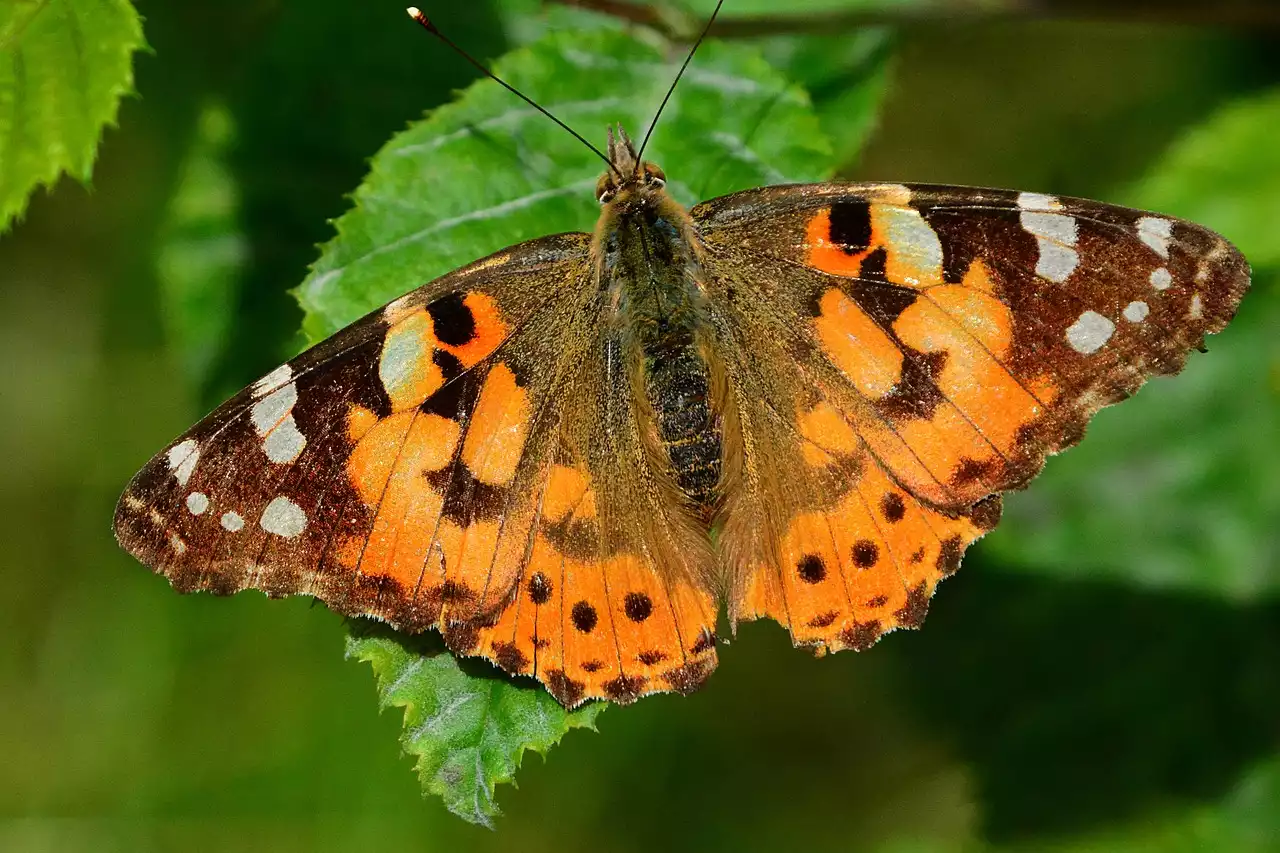The New York Botanical Gardens is one of the world’s largest gardens, covering over 500 acres and home to over one million plants. The location is ideal for a botanical garden, as it’s just a short distance from Manhattan. It’s also surrounded by spectacular natural scenery and is accessible to visitors from all over the world. The New York Botanical Gardens opened its doors in 1895, when it was known as the New York Botanical Garden and operated on an site in Brooklyn. As popularity grew and visitor numbers increased, they moved to their present-day location in the Bronx in 1949. Fast forward 60 years later, the gardens underwent their most ambitious transformation project with a brand new glass visitor center, café and shop.
Why visit the New York Botanical Gardens?
Visiting the New York Botanical Gardens is a great way to spend a day if you’re a nature lover. Take a walk through the spectacular gardens and admire the beautiful floral displays and stunning gardens. There are lots of interesting facts and figures to discover along the way. The Botanical Gardens are also a popular place to hold weddings and special events. The spectacular gardens provide a stunning backdrop for photographs and the weather is usually sunny and warm. Kids and teenagers will love the adventure playground and the chance to climb up the huge waterwheel. You can also feed the koi fish in the Japanese Hill-and-Pond Garden.
New York Aquatic Gardens
The New York Botanical Gardens’ New York Aquatic Gardens are home to the world’s largest indoor waterfall. The gardens are separated into five different areas that represent the different aquatic ecosystems found around the world. The Tropical Rainforest area is the largest and most spectacular feature of the Aquatic Gardens. It covers almost an entire wing and is the only place in New York where you can see a patch of rainforest. The Desert and Coastal California areas are also worth a visit. Here you’ll find plants and animals typical of the arid and coastal regions of these regions. The Desert Domain includes a simulated flash flood, which happens every hour.
Orchid Garden
The Orchid Garden is home to thousands of orchids of all shapes, colors, and sizes. The gardens are divided into three different sections that represent the different types of orchid habitats found around the world. The Asian Himalayan Orchid Garden has a waterfall and a stream flowing through it. The Pacific Coast Orchid Garden has a stream fed by a waterfall and a pond. The Caribbean Orchid Garden has a stream and a pond. The New York Botanical Gardens also donates a portion of the proceeds from their orchid sales to orchid conservation projects around the world.
Japanese Hill-and-Pond Garden
The Japanese Hill-and-Pond Garden is a traditional Japanese garden featuring a small stream, waterfall, and pond. The gardens are divided into three different sections that represent the different types of Japanese gardens found around the world. The Oriental Garden has a stream and a pond. The Shinto Shrine Garden has a pond. And the Kyoto Garden has a stream and a pond. The gardens are also home to koi fish, which you can feed after taking in the stunning Japanese architecture and landscape design.
Desert Domains
The Desert Domains are a set of three gardens that simulate the deserts of the southwestern United States, the desert coast of Chile, and the Sonoran Desert of Mexico. All three gardens feature a simulated flash flood every 30 minutes. The Sonoran Desert Garden features a stream and a pond. The Desert Coast Garden features a stream and a waterfall. And the Colorado Desert Garden features a stream and a pond.
Greenhouse Rotunda
The Greenhouse Rotunda is home to thousands of different tropical plants, including orchids, trees, vines, ferns, and palms. The Rotunda is divided into six different tropical biomes: desert, tropical, swamp, mountain, coastal, and aquatic. The Desert Biome features deserts of the Middle East, Mexico, and Central and South America. The Tropical Biome features tropical rainforests of Latin America, Africa, Southeast Asia, and the Pacific Islands. The Swamp Biome features wetlands of Southeast Asia and the Americas. The Mountain Biome features cloud forests of Central and South America. The Coastal Biome features coral reefs of the Pacific Ocean and the Caribbean Sea. The Aquatic Biome features freshwater aquatic ecosystems of the Americas and Asia.
Conclusion
The New York Botanical Gardens is one of the largest botanical gardens of its kind in the world. The gardens are home to over one million plants and are a popular tourist attraction for people of all ages. Visitors come from all over the world to see the stunning gardens and take in the beautiful floral displays. The gardens are home to many different gardens, including Japanese Hill-and-Pond Gardens, an Orchid Garden, and an Asian Himalayan Orchid Garden. There are also three Desert Biomes, a Tropical Biome, a Swamp Biome, a Mountain Biome, a Coastal Biome, and an Aquatic Biome. The New York Botanical Gardens are a great place to spend a day if you’re a nature lover or are in need of some relaxation and tranquility.


 Designing a Teenage Girl's Room: A Guide to Creating Her Dream Bedroom
Designing a Teenage Girl's Room: A Guide to Creating Her Dream Bedroom Kitchen Design Secrets You Need To Know
Kitchen Design Secrets You Need To Know
 Welding a Garden Gate at Home
Welding a Garden Gate at Home Where Is Majorelle Garden Located
Where Is Majorelle Garden Located Singapore’s Most Popular Garden Architectures
Singapore’s Most Popular Garden Architectures Most Famous Royal Residence in France, Versailles
Most Famous Royal Residence in France, Versailles Keukenhof Gardens is a Must See
Keukenhof Gardens is a Must See